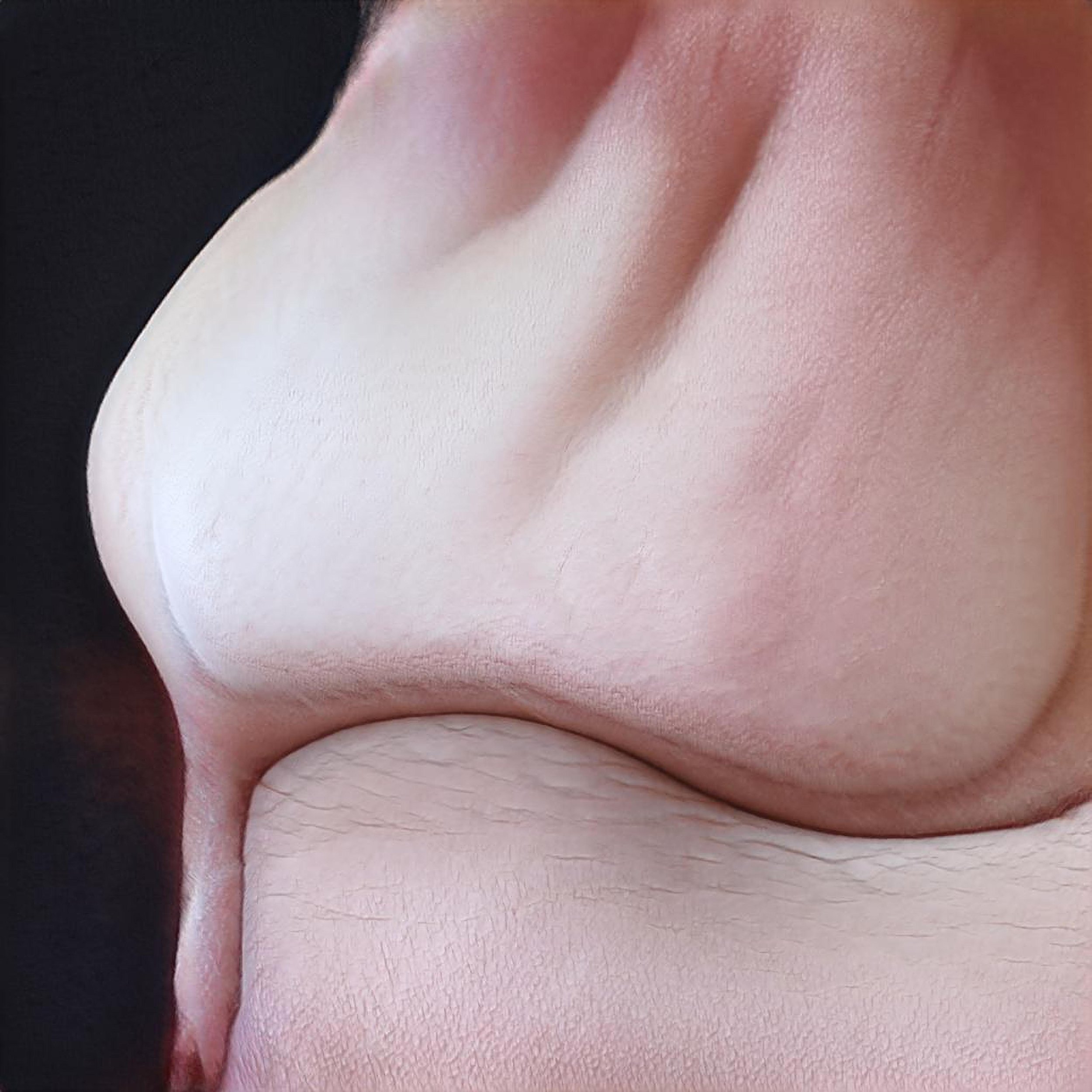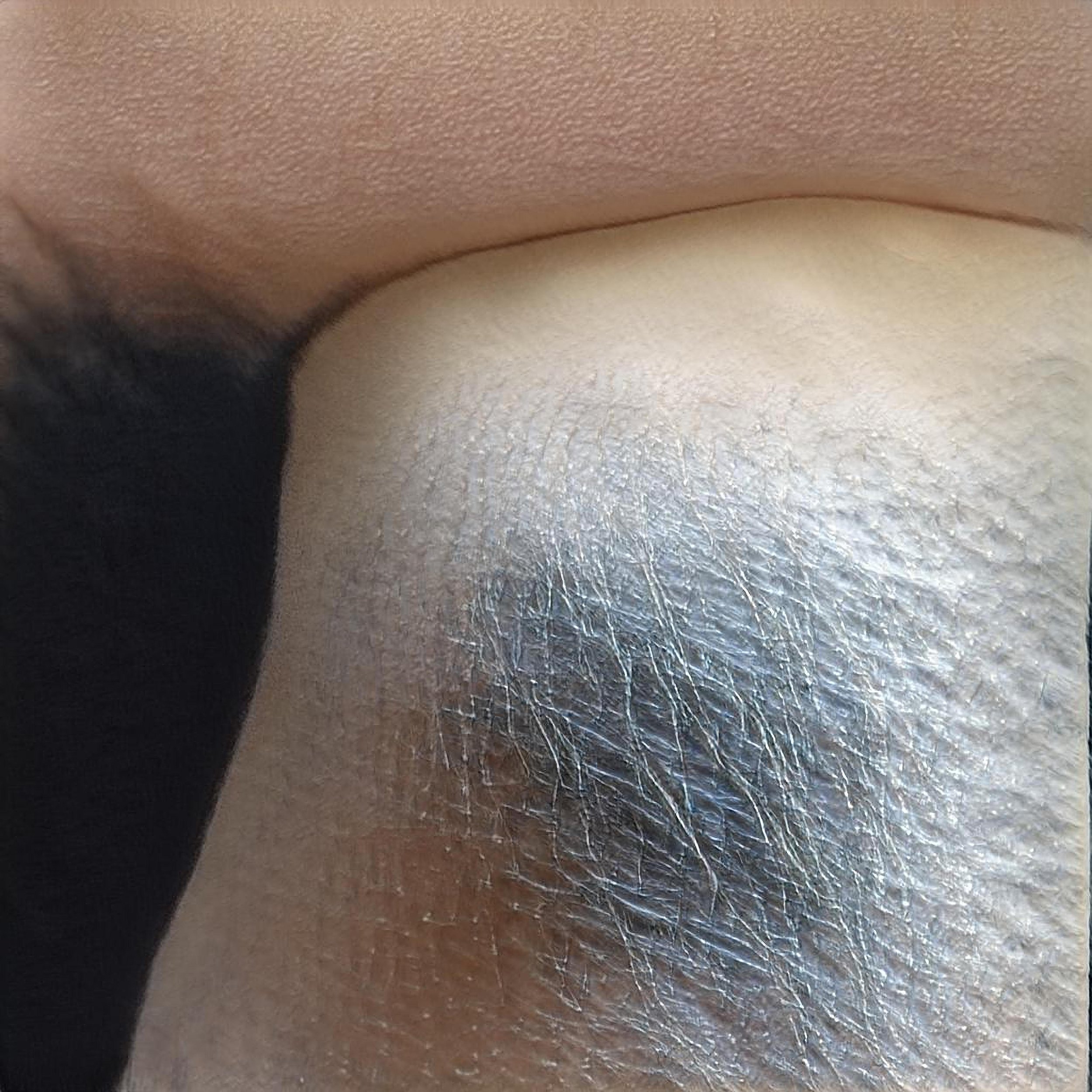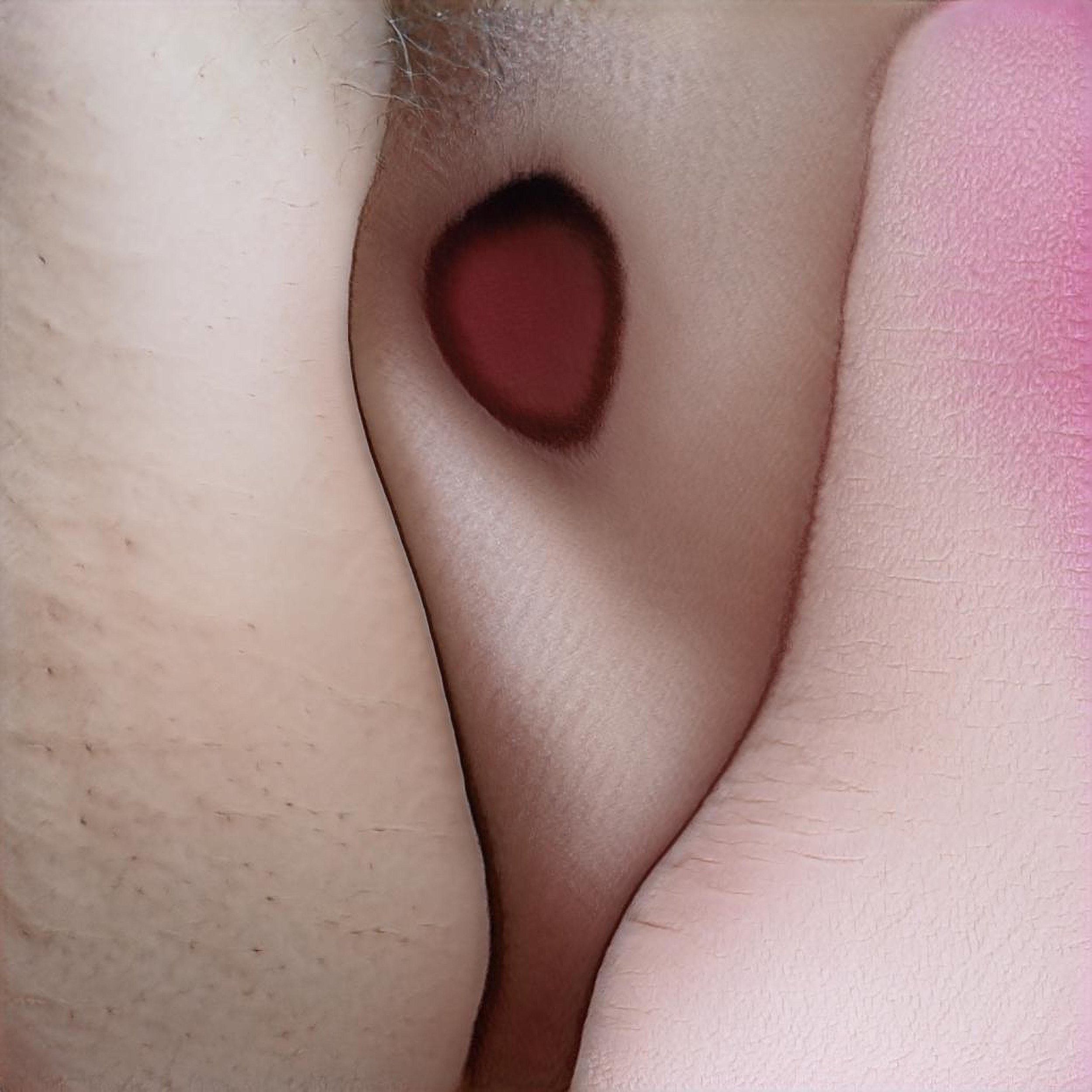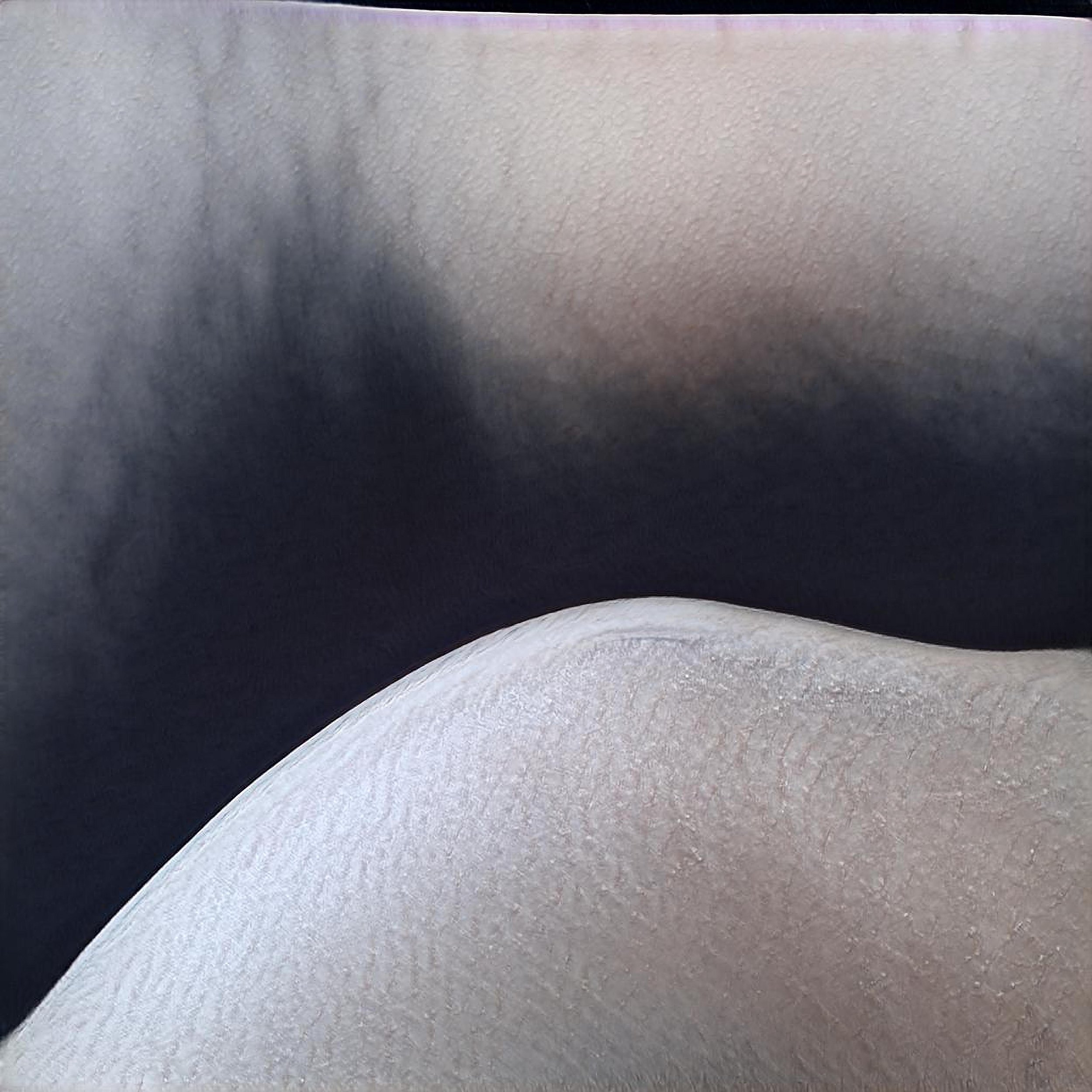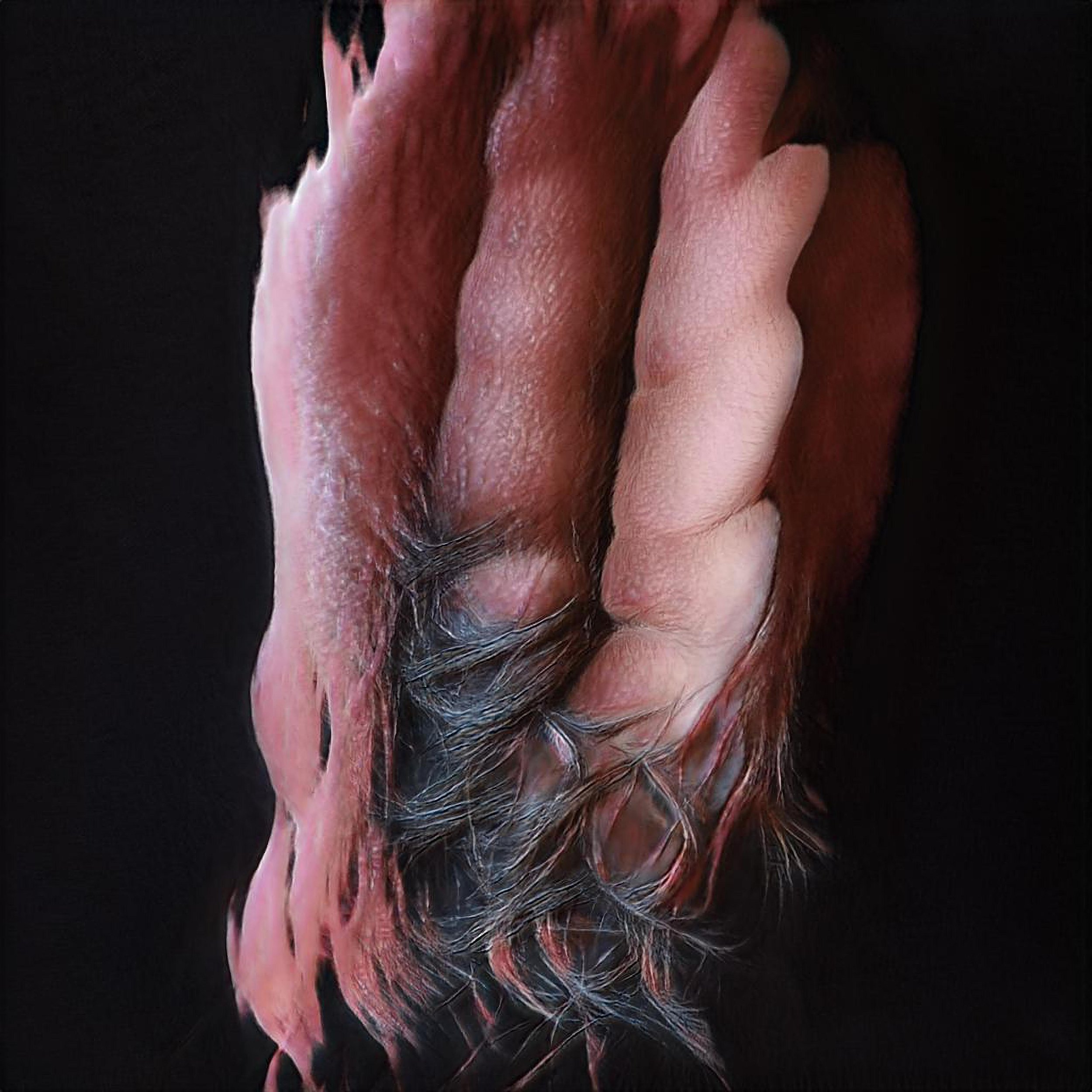intimacy of mutation
by John Wild
0x0_Noosphere
Electromagnetic waves beaming down from the skies, fiber-optic cables emerging from the seas, copper wires woven across the continents. The earthly envelope of land, air and ocean – the realm of organic life, or biosphere – is doubled by a second skin of electronically mediated thought: the noosphere. It’s a vast, pulsating machine: a coded universe grown complex beyond our grasp yet connected at every pulse to the microscopic mesh of nerve cells in our flesh.[1]
0x1_the_digital
The digital has escaped its systemic tethering and has become entangled in the most intimate sensorial experiences of everyday life. Bodies are the receptors of digital signals - receiving, transducing and integrating them into biological processes. The digital and bodies interface through a complex set of procedures and protocols that include the ontic materialities of digital infrastructures, emergent digital aesthetics, felt atmospheres of machine-to-machine interaction, logics in which code transduces the rhythm and flow of physical space, narratives emergent from machine learning systems that stabilise and order power and control, and processes that connect digital flows directly to the human nervous system.[2]
0x2_ ontics
The digital is rooted in the representation and storage of information in the form of binary signals using physical qualities such as voltage or magnetic polarisation. Digital systems translate all input into binary structures of 0s and 1s, which can then be stored, manipulated, and transmitted as a sequence of voltage pulses. Invisible labour integrates human bodies into the materiality of digital systems forming techno-social assemblages. These are technologies and people that combine to work as heterogeneous yet functional wholes. Contemporary circuits of communication would not function without human bodies physically routing and re-routing patch cables in the meet-me room of server farms, and many AI systems require the hidden bodies that form the labour of Artificial Artificial Intelligence [3].
0x3_ aesthetics
The conversion between analogue and digital produces aesthetic qualities beyond the technical - it alters how things look and feel. The digital slips from its material origin to describe the aesthetics and artefacts of digital processes. Algorithms subsumed within software directly influence the look and feel of everyday artefacts. Digitality, then, is an aesthetics, capturing the pervasiveness of digital processes shaping how bodies experience space and spatiality (socio-spatial relations) as always already ‘marked by circuits of digitality’ that are themselves irreducible to digital systems [4]. ‘the digital’ has become too entwined with culture for it to be dislodged entirely and identified discretely. It has become an integral part of the human sensorium - the total sensory environment perceived by bodies.
0x4_ atmospheres
Technical objects are not lifeless mechanisms but actively produce spatiotemporal atmospheres, which shape bodies immersed in these atmospheres. Technical objects relate to one another and to human beings outside of human consciousness or intentionality. Invisible machine-to-machine interaction hidden within ‘black-boxed technologies’ [5] sinks into the background of human perception. Technical objects relate to one another through ‘perturbations’, which are active in the production of atmospheres (a term that refers to the circulation of perturbations to produce space times local to technical objects) [6]. Machine-to-machine interactions outside of human perception create atmospheres beyond their technical function. These atmospheres are real moments of space-time that are felt by bodies and shapes the capacities and conduct of both humans and non-humans.
0x5_ logics
The digital not only influences how space is felt and understood, it also impacts on the structure and ordering, the quotidian rhythms [7], time, flows and spatial configurations. For example, automated systems operated by companies such as Deliveroo create configurations of people and flows of cyclists, subtly contributing to the production of the spatial ambience of city space. The implementation of Machine learning provides digital systems agency to order and re-order physical space and temporal flows. In the US, Machine Learning has been deployed to police bodies using systems that preemptively predict crime [8] or identify potential terrorists at its borders [9]. Digital logics play a role in structuring and re-structuring the space-time of lived experience.
0x6_ discourse
The digital functions through discourse which actively promote, enable, secures, and materially sustains the increasing reach of digital technologies. Discourse is understood in Foucauldian terms as the narratives, cultural myths, ideologies, or unacknowledged assumptions that inform and impart direction to the micro-practices of everyday life and influence wider social goals. Narratives have long been used as tools in the infrastructures of power and control. Understood as representations of the world, they are increasingly automated. Machine learning algorithms, presented as disinterested scientific rational actors, develop narratives which reproduce social hierarchies, division, and exclusion, often based on bodily characteristics of race, gender, class, and sexuality.
0x7_ sympathetic nervous system
Heart rate and blood pressure increase, adrenaline released, blood vessels constrict, pupils dilate, pores open, and sweat is excreted. Beads of perspiration glisten visibly on the skin as the body is penetrated by digital signals below the level of conscious cognition. The digital engages in a nonconscious connection with the body's sympathetic nervous system producing states of arousal, anxiety, or depression. The digital connection to the sympathetic nervous system is a powerful interface and plays an instrumental role in political propaganda and the mobilisation of bodies both to sustain and disrupt systems of power and control.
0x8_ Intimacy of Mutation
Artificial intelligence (AI) feeds off human bodies, extracting data, analysing, mapping, forming abstract representations and extracting surplus value from our most intimate interactions, desires, and dreams. Intimacy of mutation explores the algorithmic gaze [10] of machine learning to investigate how ‘the digital’ unfolds within bodies.
Intimacy of mutation does not try to present a universal Human body. It functions as a corrupt data set, presenting a forensically intimate mutating portrait of a singular non-binary body that refuses the stability of gendered biological construction.
––––––––––––––––––––
Footnotes
[1] Brian Holmes, Guattari’s schizoanalytic cartographies. Continental Drift: the other side of neoliberal globalization. Accessed January 10, 2023. https://brianholmes.wordpress.com/2009/02/27/guattaris-schizoanalytic-cartographies/
[2] For an in-depth discussion on the role ‘the digital’ plays in producing space see James Ash, Rob Kitchin, and Agnieszka Leszczynski, "Digital turn, digital geographies?." Progress in Human Geography 42, no. 1 (2018): 25-43.
[3] Artificial artificial intelligence is a term coined by Amazon for the simulation of artificial intelligence by outsourced low-wage labour. See “Artificial Artificial Intelligence”, The Economist, June 10, 2006.
[4] Soraya Murray,. "Cybernated aesthetics: Lee Bul and the body transfigured." PAJ: A Journal of Performance and Art 30, no. 2 (2008): 38-50.
[5] Bruno Latour, Pandora’s hope: Essays on the reality of science studies. (Harvard university press, 1999), p. 304.
[6] James Ash, "Rethinking affective atmospheres: Technology, perturbation and space times of the non-human." Geoforum 49 (2013): 20-28.
[7] Henri Lefebvre, Rhythmanalysis: Space, time and everyday life. (Bloomsbury Publishing, 2013).
[8] Rashida Richardson, Jason M. Schultz, and Kate Crawford, "Dirty data, bad predictions: How civil rights violations impact police data, predictive policing systems, and justice." NYUL Rev. Online 94 (2019): 15.
[9] Jacek Krywko, “The Premature Quest for AI-Powered Facial Recognition to Simplify Screening.” Ars Technica. June 2, 2017. https://arstechnica.com/information-technology/2017/06/security-obsessed-wait-but-can-ai-learn-to-spot-the-face-of-a-liar/.
[10] Tero Karras, Samuli Laine, Miika Aittala, Janne Hellsten, Jaakko Lehtinen, Timo Aila, "Analyzing and improving the image quality of stylegan." In Proceedings of the IEEE/CVF conference on computer vision and pattern recognition, 2020, pp. 8110-8119.




